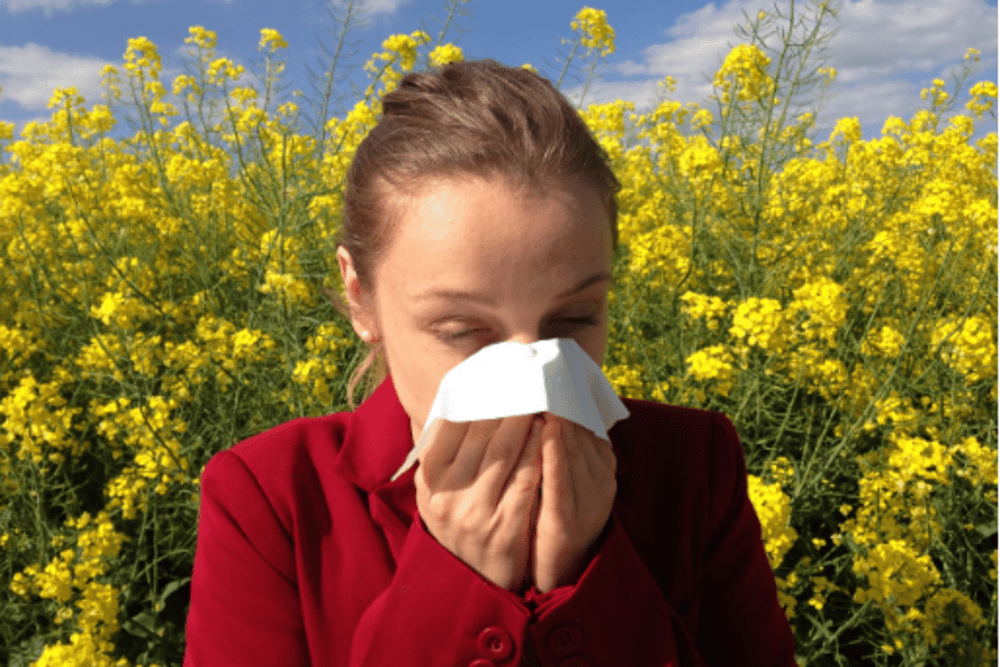SEASONAL POLLEN ALLERGIES REPRESENT A REAL PROBLEM FOR A GOOD PART OF THE WORLD POPULATION. TO IMPROVE THE MANAGEMENT AND PREVENTION OF THESE DISEASES, ENEA HAS DEVELOPED AN ADVANCED MODELING SYSTEM TO MONITOR THE SPREAD OF POLLEN IN REAL TIME. A TRUE INNOVATION FOR RESPIRATORY HEALTH, THE RESULT OF COLLABORATION WITH UNIVERSITIES AND RESEARCH INSTITUTES
The ENEA modeling system
AENEAS he created a high resolution system to predict the start of the pollen season and monitor their spread, focusing mainly on plant species, such as grasses, olive, birch, ragweed and alder. Attention has fallen on them because they have been identified as among the main causes of seasonal allergies. The study, conducted within the project MEETOUTcreated in collaboration with the University of Verona, Arianet, ATS Milan and ARPA Veneto, paves the way for improving the prevention and management of respiratory diseases linked to exposure to pollen. The results were published in the journal Agricultural and Forest Meteorology.

Two maps to identify the pollen season
The study compared two types of vegetation maps: one at low resolution (10 km, Copernicus data) and one at high resolution (between 250 meters and 1 km, with experimental data). The integration of this detailed data significantly improved forecasts, allowing the start of the pollen season to be more precisely identified than traditional methods.
The tools high resolution they are the ones who can collect very detailed and precise information. In practice, devices capable of detecting even small variations in pollen levels and identifying different pollen species with great accuracy. These instruments provide more precise data, such as the exact concentration of pollen in the air in real time, allowing detailed mapping of its distribution.
On the contrary, low resolution refers to tools that offer less precise information, with a lower ability to detect small changes or identify different pollen species in detail. Typically, these tools can only provide a general estimate of the amount of pollen in the air, without going into detail.
Veneto leading the test
The system has been successfully tested in Veneto. With a spatial resolution of 3 km, it was possible to simulate the processes of pollen dispersal, diffusion and deposition. The simulations, through the consultation of detailed vegetation mapping, seasonal release algorithms and weather forecasts, led to the creation of hourly forecasts for the year 2019.
The same person responsible for ENEA Laboratory Models and measurements for air quality, Antonio Piersantiunderlined the importance of the approach to simulate the beginning of the pollen season more precisely.
Allergies and climate change
The pollen allergies are of interest approximately 20% of the global population and are influenced by climatic, geographical and vegetative factors. Climate changes, as well as increases in precipitation and CO₂, could result in the lengthening of the pollen season with an increase in concentration, thus aggravating allergies. Furthermore, phenomena such as drought and the invasion of new plant species could lead to the development of new allergens.
The importance of pollen monitoring
Pollen monitoring is still limited due to high costs and variability in manual pollen countingwhich can have errors of 20-30%. Even the frequency of publication of pollen bulletins, which arrives weekly, does not help promptly. Mobile platforms and apps are emergingbut recent studies suggest the need to improve the quality of forecasts.

Monitoring the future
The introduction of high-resolution models such as the one developed by ENEA offers great potential to improve pollen forecasts, particularly for areas not covered by monitoring networks. Piersanti points out that, in addition to improving forecasts for vulnerable people, such as asthma patients, the system can provide accurate estimates even in unmonitored regions, similar to what is done for air pollution.
Furthermore, the system developed by ENEA represents a important step in protection of public healthoffering high-resolution tools to better manage pollen allergies and help prevent respiratory risks.

